( Quang Ngai Newspaper) - Thu Xa was the most famous ancient town in Quang Ngai in the past. Through studying documents, we can partly sketch the appearance of the ancient town in the past.
Thu Xa is home to Cuu Minh Huong Xa and Tan Thuoc Minh Huong Xa, two Minh Huong gangs along with four Chinese gangs in Quang Ngai. Because they are gangs, they do not have administrative boundaries. However, in Vietnam, there are still a few Minh Huong gangs with specific administrative boundaries such as Minh Huong Xa in Quang Nam , or Minh Huong Xa (Thanh Ha street) in Thua Thien - Hue. Calling Cuu Minh Huong Xa means the gang of the old Minh Huong people; Tan Thuoc Minh Huong Xa means the gang of the newly immigrated Minh Huong people. In Thu Xa, there are also four Chinese gangs, Trieu Chau, Quang Dong, Hai Nam and Phuc Kien, that are allowed to operate. These are four Chinese gangs that are allowed to operate by the Central government in Quang Ngai as well as Central Vietnam. In Central Vietnam, there are only four gangs operating, unlike the South, which has five gangs, Trieu Chau, Quang Dong, Hai Nam, Phuc Kien and Hac Gia.
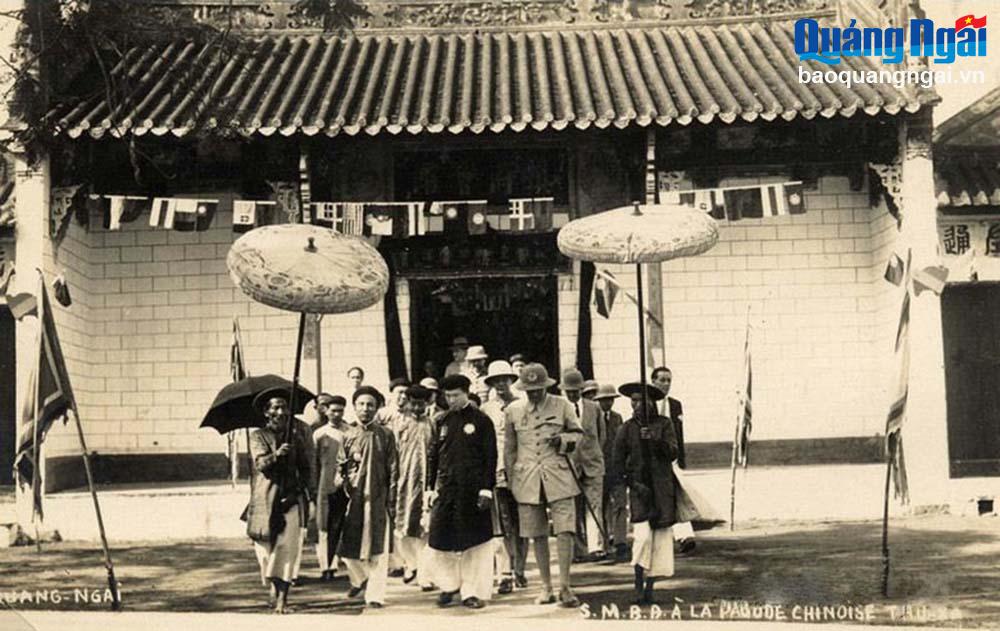 |
| King Bao Dai visited the Hainan Assembly Hall in 1933 in Thu Xa. (Source: L'Association des Amis du Vieux Hue) |
Thu Xa Street was established on the land of Thu Sa commune and Ha Khe village, Nghia Ha commune, Chuong Nghia district, Tu Nghia prefecture. It is very possible that Thu Sa commune was renamed from Tang Sai commune (1813) of Ha Bac commune, Chuong Nghia district, Tu Nghia prefecture, the time of change was from 1813 to 1875; Ha Khe village was renamed from Ngoi Tom village (1813), Ha commune, Chuong Nghia district, Tu Nghia prefecture, the time of change was in 1824, in the document "Minh Mang's petition". Thu Xa ancient town is the name of the Vietnamese people to refer to the ancient streets located on the border of Thu Sa and Ha Khe, later the French when establishing the urban area in 1932 also called it Thu-xa, however, to the Chinese people it was called Tan An street. According to the 1887 description of Binh Dinh Consul Charles Lemire when he passed through Thu Xa Street: “The Chinese Tan An City: The Co Luy River, which was soon renamed Ve Giang, leads to the Chinese Tan An City in one hour. A road running along the left bank connects with the official road and continues on and leads to the citadel in two and a half hours. The town is made up of two long streets perpendicular to each other with shops built of brick and tile, some of which have storeys. A large number of junks are anchored in front of the Chinatown, where there are 200 owners from the four states”. C. Lemire's description shows that Thu Xa Street is called Tan An, made up of two perpendicular streets, with houses built of brick and tile and some of which have storeys. Along the Chinatown there is a large number of junks anchored and a population of about 200 people from the four states of Chaozhou, Guangdong, Fujian and Hainan. In the next description, he also said that Thu Xa had trade relations with Singapore, Hainan and Hong Kong. The warehouses contained sugar, gasoline, cotton, indigo, coconut oil... the main products in Quang Ngai at that time. In addition, he also said that the city had about 5,000 people, which was very crowded at that time. Besides, he also described the house of the Deputy Governor Nguyen Than, who was in command of the Nghia Dinh Son Phong force (managing Truong Luy): "The Grand Mandarin Than had a majestic two-story house built in the middle of the city and made of elaborately carved wood. The soldiers were stationed in the pagodas, equipped with piston rifles and carbines, they were strong and well-equipped".
Before that, in 1886, Camile Paris, a French telegraph officer, had the opportunity to come and briefly describe Thu Xa street: “I returned to the city via Tan An, a city that mostly belonged to the Chinese, and was the province's warehouse. This city is similar to Pho Yen. In 1886, the Annamese person I asked about the name of the area said it was Thu Xa, the second and third people also confirmed this name. But the city called Tan An includes in its area many villages that still retain their ancient names. And when I asked the locals, I was in one of those villages. So it should be called Tan An, not Thu Xa. Local products were brought to this city by Chinese merchants to trade or mortgage the harvest, what I said about Tan Quan in the north of Binh Dinh can also be applied to Tan An. This city brings in a significant source of tax revenue”. He still confirmed that Thu Xa must be officially called Tan An city, even though all native Annamese people call it Thu Xa.
In 1932, the Resident of Central Vietnam issued a decree on January 16, 1932 on the establishment of Thu Xa urban area on the territory of Thu Xa and Ha Khe. This decree was approved by the Governor-General of Indochina according to the decree on February 13, 1932. At this time, Thu Xa ancient town was officially called an urban area and was managed as an urban area in Quang Ngai. On September 19, 1932, the Quang Ngai Resident issued a decision on the management regulations of Thu Xa urban area, mainly focusing on regulations on urban order management. In 1933, Quang Ngai Governor Nguyen Ba Trac described Thu Xa Street as a trading center for Chinese people, mainly trading sugar as follows: “In the past, the most prosperous trade was in Thu Xa city because the main export product in Quang Ngai was sugar, the sugar trading partners were the residents, and most of the traders in Thu Xa were residents. Thu Xa was convenient in terms of waterways, the “roads” on the banks of Tra Khuc River and Ve River could all be transported to Thu Xa, and if you wanted to export sugar, you had to use Thu Xa to transport it to Co Luy gate. Thu Xa city was located 9 kilometers from the provincial capital, the number of residents was more than 500 owners”. At this time, the number of Chinese people had increased to 500 owners, if a family had 6 people, the population of Thu Xa city was about 3,000 Chinese people, the rest were Vietnamese. Through the above information, we can see a part of Thu Xa ancient town, an urban area in the early development period in Quang Ngai, which was one of the major trading centers of the Central region and of Vietnam during the Nguyen Dynasty and French colonial period.
VO NGUYEN PHONG
RELATED NEWS:
Source: https://baoquangngai.vn/van-hoa/202406/phac-thao-dien-mao-pho-co-thu-xa-4610d0a/













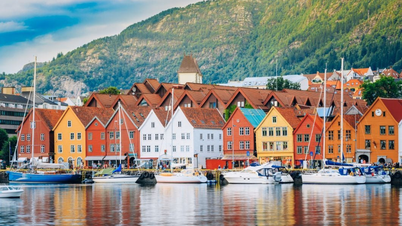
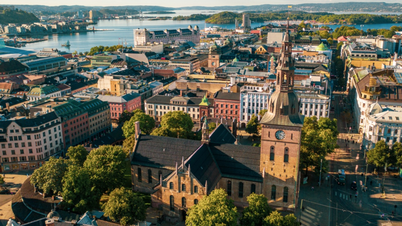

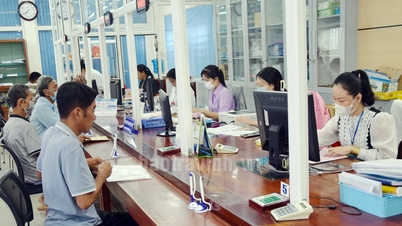
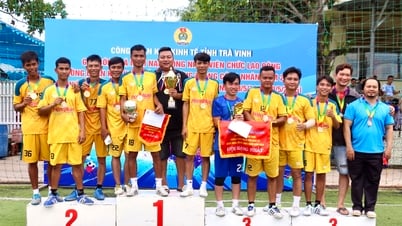
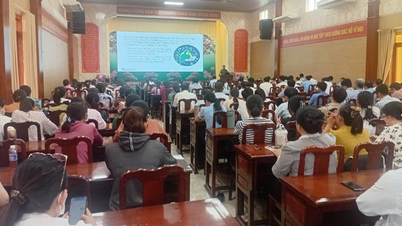
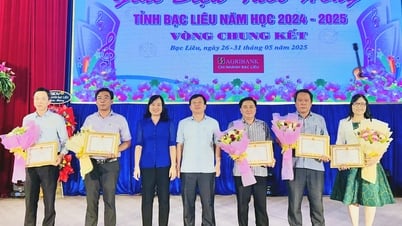

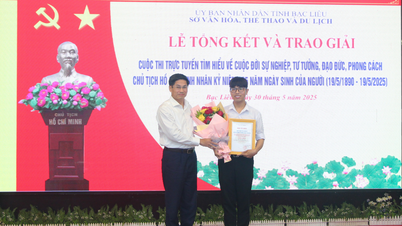




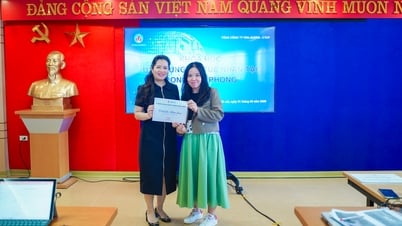






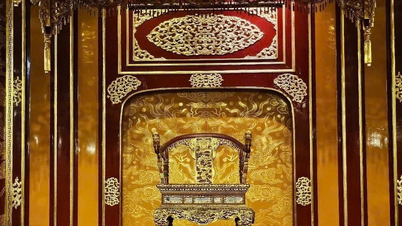























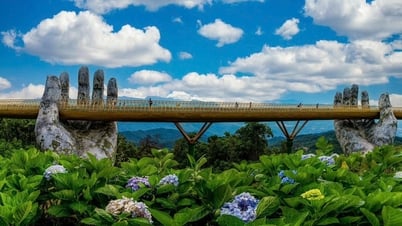
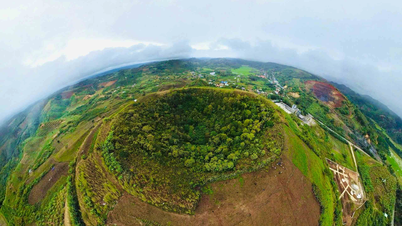



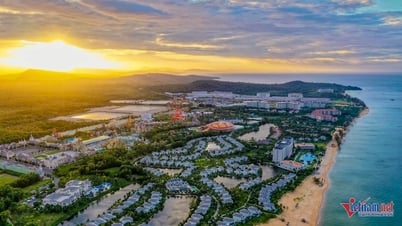

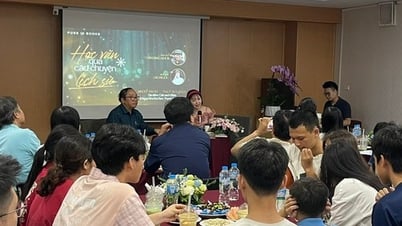

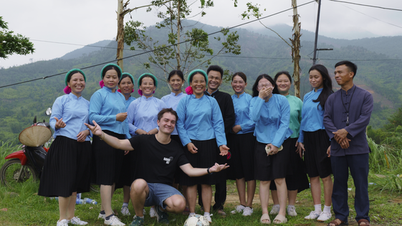
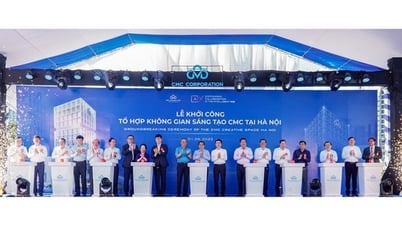

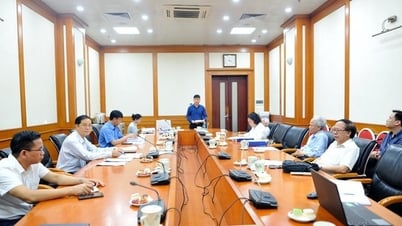







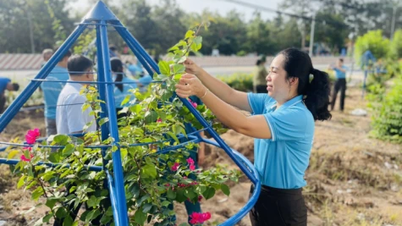
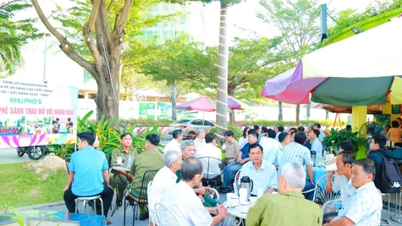
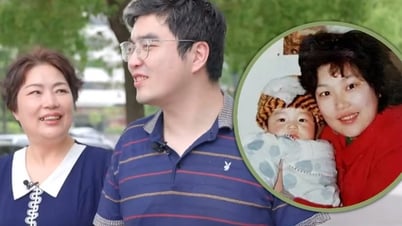

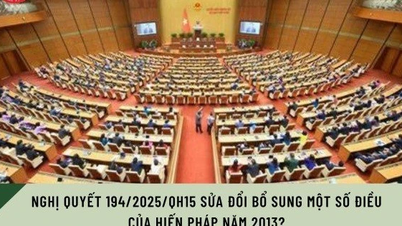












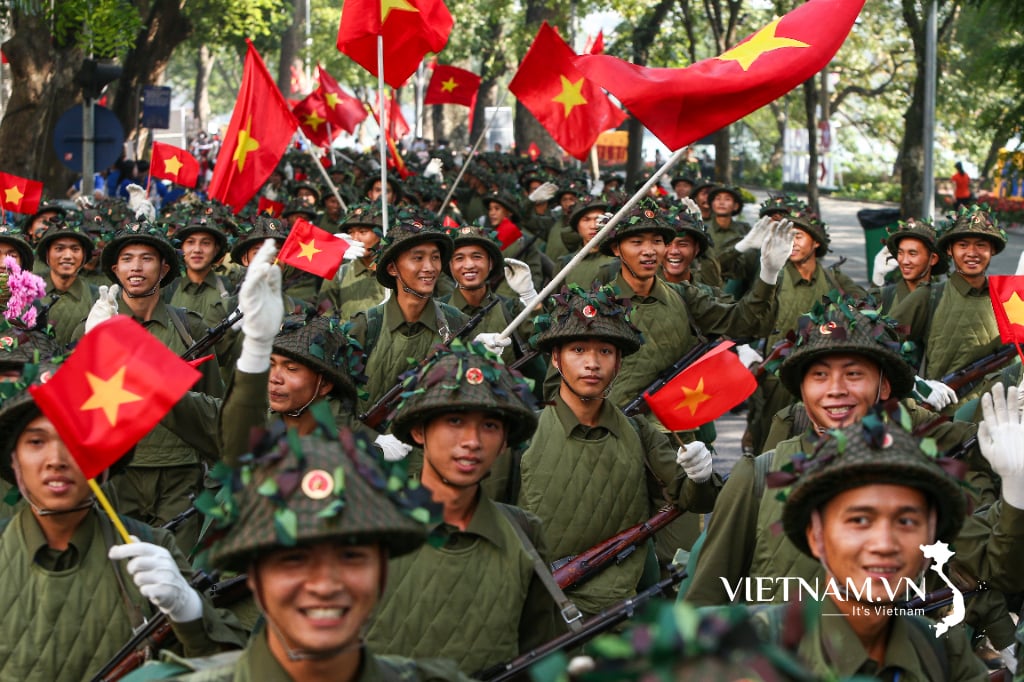

Comment (0)